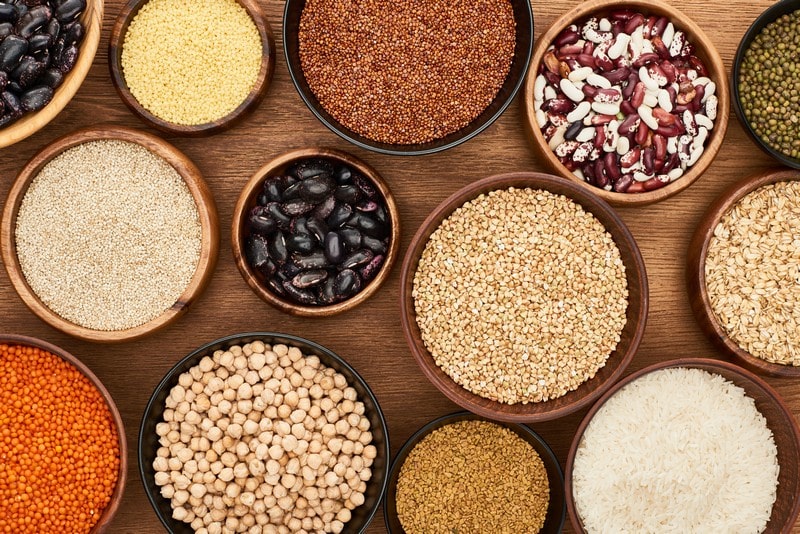Whole Grains

Individuals with insulin resistance may safely consume whole grains abundant in vitamins, minerals, and fiber. Some individuals assume that avoiding all carbs is crucial for preventing diabetes, yet healthy, complete, unprocessed carbohydrate sources are an excellent source of fuel for the body.
It is also beneficial to consume these meals with protein and fat since this may help prevent blood sugar rises. The consumption of whole-grain meals is connected with a decreased risk of cardiovascular disease and type 2 diabetes. Choosing whole grains versus processed grains may assist patients with diabetes and insulin resistance in maintaining optimal blood sugar levels.
Whole wheat meals include barley, brown rice, and oatmeal without added sugar. You may also choose whole grains over white grains, such as millet or quinoa. Whole grains are richer in fiber, phytochemicals, and minerals and may aid blood sugar regulation, while white grains can trigger surges.
Research indicates that consuming whole grains improves insulin sensitivity. After ingestion, insulin levels were 10 percent lower. On yop of that, the Glycemic Index score of whole-grain bread is 51, while that of whole-grain pasta is 42. However, these healthier options demand portion control. Whole grains, particularly brown rice, raise blood glucose even in significant amounts.










